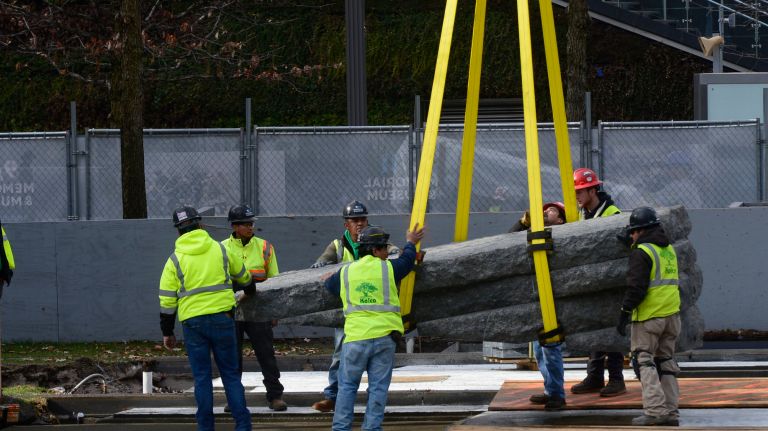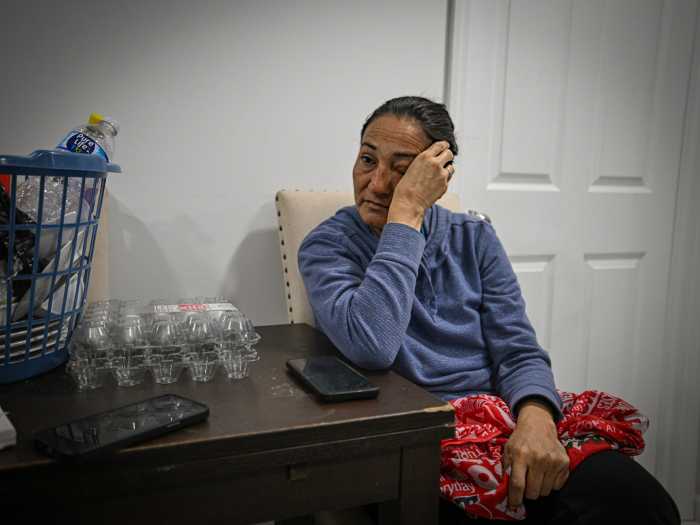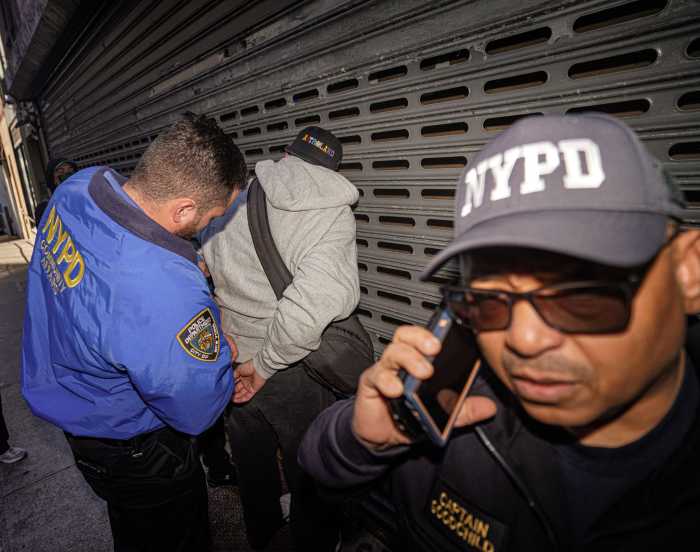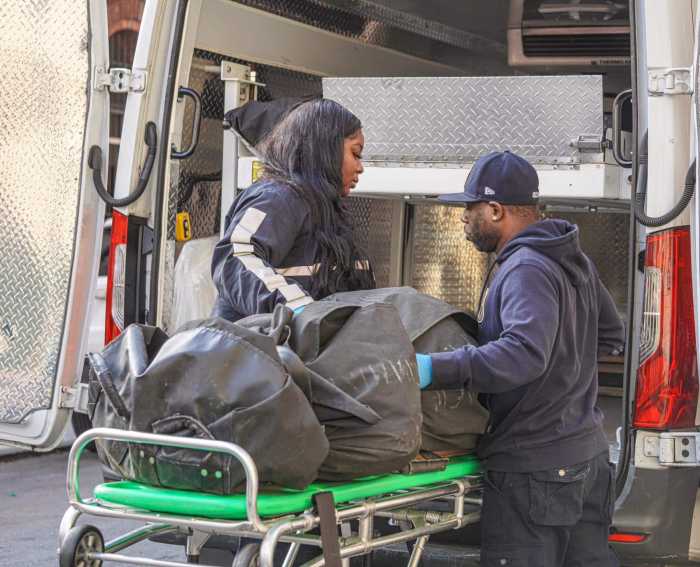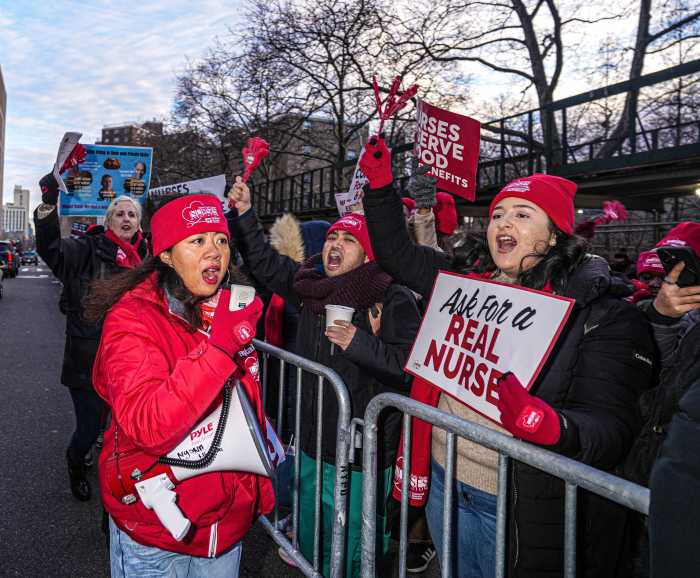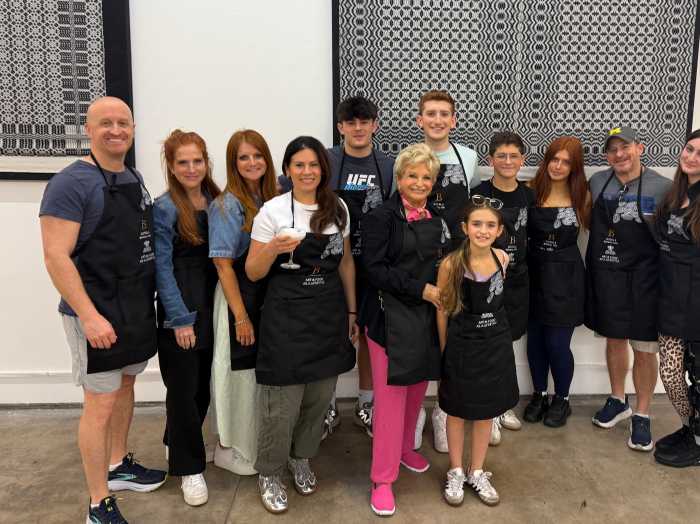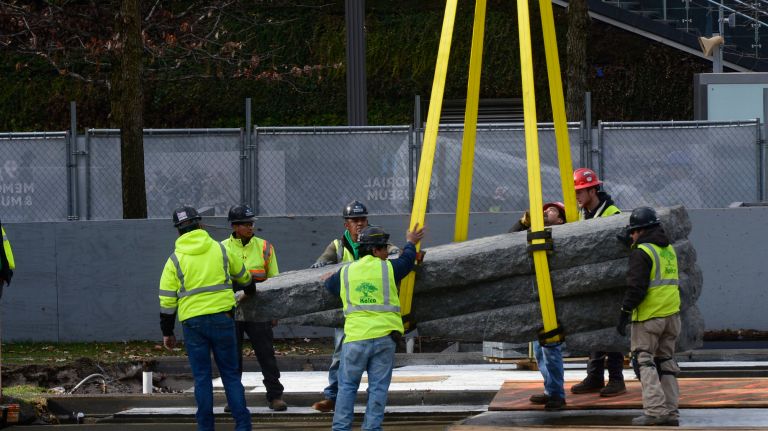
Six multiton stone slabs artistically cut and polished were installed on the National September 11 Memorial & Museum plaza in lower Manhattan on Saturday morning to remind the world that hundreds of 9/11 first responders, residents and office workers died from cancer and respiratory illnesses as a result of the 2001 attack on the World Trade Center.
The September 11 recovery and cleanup efforts called thousands from across the country to aid New York City on the day of the terrorist attacks and months later to remove 2 million tons of debris from the collapsed buildings. The humanitarian response also caused hundreds to become sick from cancers caused by toxins in the air.
The stone slab monuments, named the 9/11 Memorial Glade, “recognize the health impact of 9/11 that caused cancer, death and disabilities,’’ said Benjamin Chevat, executive director of Citizens for the Extension of the James Zadroga Act. Chevat, on hand for the installation, said it will be “a physical representation of their sacrifice.’’
The stone monoliths, each weighing up to 17 tons, were transported by truck in the early morning hours from Vermont to lower Manhattan, where a 600-ton crane was used to lift each slab onto its cement foundation. The monoliths rest over the once-existing ramp that gave access to the pile of debris for iron workers, machine operators and FDNY recovery workers.
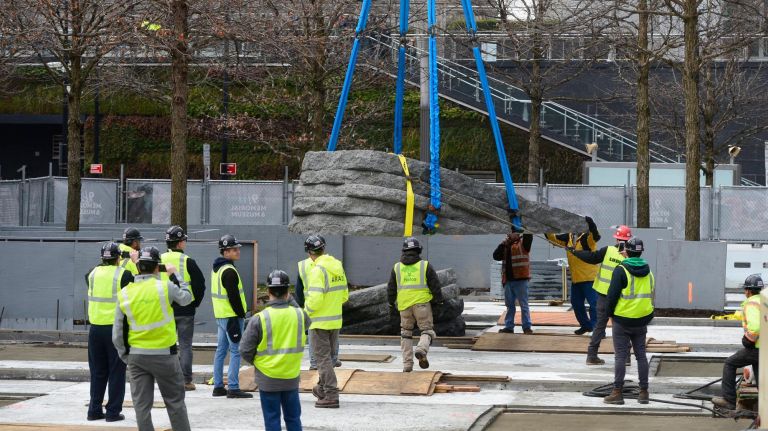
The monoliths will face upward from the ground and have pieces of World Trade Center steel embedded in the stone slabs. They will be officially dedicated May 30.
Chevat said the monuments will remind the nation to continue its support for the 9/11 compensation fund which has been recently cut by the federal government.
“We are running out of money,’’ said Chevat. He said between 400 and 500 people a month are seeing cuts in their benefits. If Congress does not restore the $7 billion fund, thousands and their families will lose their benefits, and others waiting to enroll will be “zeroed out.’’
Thousands of residents, schoolchildren and office workers have fallen ill after they were urged to return to lower Manhattan by the Environmental Protection Agency, which claimed the air was safe to breathe after the attacks.
According to the Centers for Disease Control and Prevention, 93,028 survivors and responders have enrolled in the World Trade Center Health Program, which provides medical screenings and monitoring for 9/11 illnesses. The compensation fund has paid out $5 billion for about 21,000 claims, which have been extended to December 2020.
The new memorial will be a reminder not to forget the sacrifice of those who came to the city’s aid, said Andy Herbert, 59, of Plainfield, Vermont, the stonemason who sculpted the stones into its fine finish. “It makes me incredibly proud to do something for the people who gave up their lives.’’ Herbert worked with 28 slabs that had to be broken and sculpted into wedges that created the monoliths.
“This is in keeping with our promise to never forget,’’ said Alice Greenwald, president and CEO of the National September 11 Memorial & Museum who was on site. “Two million tons of debris was removed so we could rebuild, and now those people have either died or are sick. This is recognition of their sacrifice.’’



